ABG Products
The majority of ABG’s manufactured products are drainage geocomposites designed for use in a wide variety of civil engineering applications. ABG drainage geocomposites typically consist of a cuspated polyethylene (HDPE) core with a geotextile thermally bonded to one or both sides to create optimal water and gas flow.
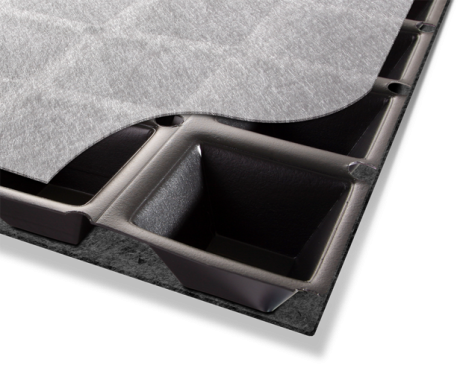
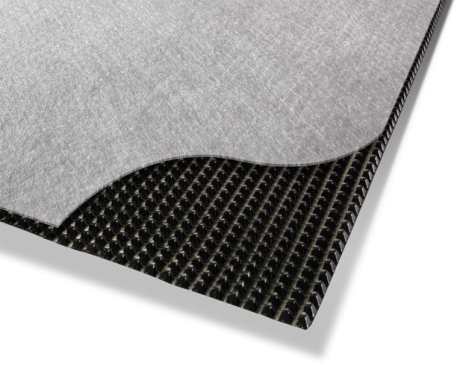

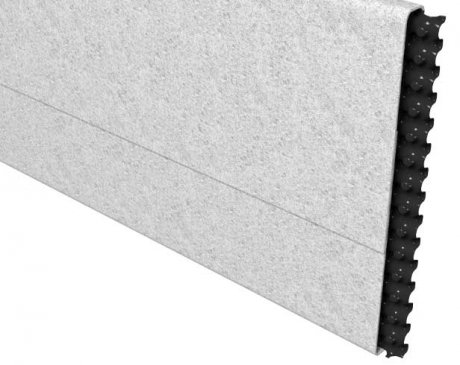
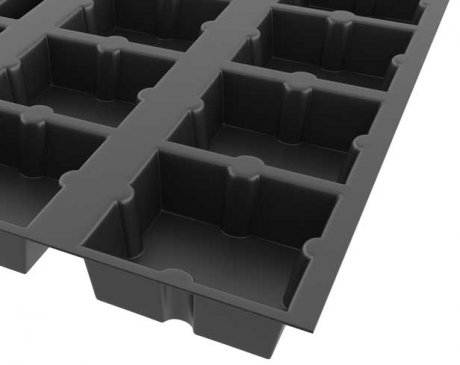
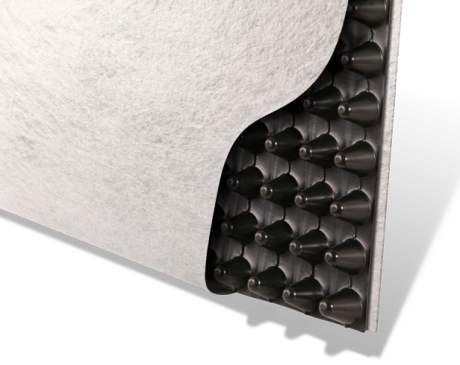
Figure 1: Typical ABG Drainage Geocomposites
Company Footprint
ABG’s carbon footprint has been assessed in accordance with both ISO 14064-1 (the international standard for assessing the carbon footprint of companies) and the Greenhouse Gas Protocol (GHGP), the world’s most widely used greenhouse gas accounting standard. It has also been audited according to ISO 14064-3.
The scope of the assessments was as follows:
Scope 1: Natural gas, LPG, company vehicles
Scope 2: Purchased electricity (generation)
Scope 3: Business travel (air, public transport, and personal car), electricity transmission and distribution, water supply and treatment and waste disposal.
The carbon footprint associated with electricity can be assessed in two ways – a ‘Location Based’ assessment (emissions from electricity based on UK electricity grid average values), or a ‘Market Based’ assessment (emissions from electricity based on the electricity tariff).
In 2019 ABG had a 100% renewable energy electricity tariff and hence the emissions assessed via a market based assessment are significantly lower. Both assessments are compliant with both ISO 14064 and the GHGP.
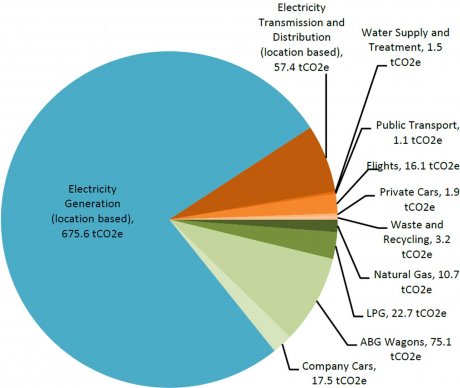


Figure 2: Company Footprint Results Distribution
Product Footprint
The assessment of the carbon footprint of ABG’s products is a ‘Cradle to Gate’ analysis using the Greenhouse Gas Protocol (GHGP) and considers both ‘Location Based’ and ‘Market Based’ assessments of emissions from electricity use. The results vary for each product and are typically in the range of 1.2-3.1 kg CO2e per kg of manufactured product. This analysis includes the embodied carbon in the raw materials ABG uses to manufacture its products, transportation to ABG and emissions during manufacturing.
Recycled or Virgin HDPE
The HDPE core of ABG geocomposites can be manufactured with either virgin HDPE or recycled HDPE sourced from a quality controlled supplier. Shown below is a comparison of the carbon footprint of one of ABG’s most common drainage geocomposites (Pozidrain 7S250/NW8) manufactured using 100% virgin HDPE, or a mixture of 80% recycled and 20% virgin HDPE. The results show that a 42% reduction in the carbon footprint of the product can be achieved by using 80% recycled HDPE.

(established via ‘market based’ assessments)
Drainage Geocomposites vs. Granular Drainage Layers
The use of geosynthetic solutions in civil engineering applications in lieu of traditional methods reduces the carbon footprint of a project in most situations – this is particularly true for ABG drainage geocomposites, since the water flow rate achieved in light-weight drainage geocomposites is equal to as much as 1,000 x that of an equivalent weight of drainage stone. In a paper authored by Heritage and Shercliff, a range of different scenarios were assessed which demonstrated significant reductions in the carbon footprint of drainage projects, summarised in Table 2.
For further information on the overall results or a specific product, please contact ABG directly for further details, or visit the carbon footprint section of the ABG website.












